Cast iron skillets are a beloved kitchen staple, cherished for their durability and heat retention. However, to keep your skillet in top condition, it’s essential to clean and season it properly. Here’s a step-by-step guide on how to do just that, ensuring your cast iron remains a reliable cooking companion for years to come.
Other Topics You Might Like
Helpful Products You Might Like
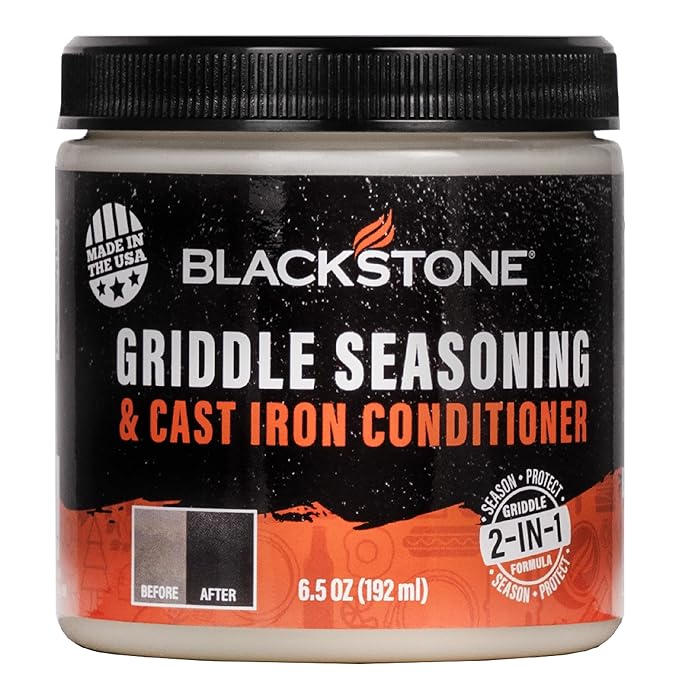
Blackstone Griddle Seasoning and Cast Iron Conditioner
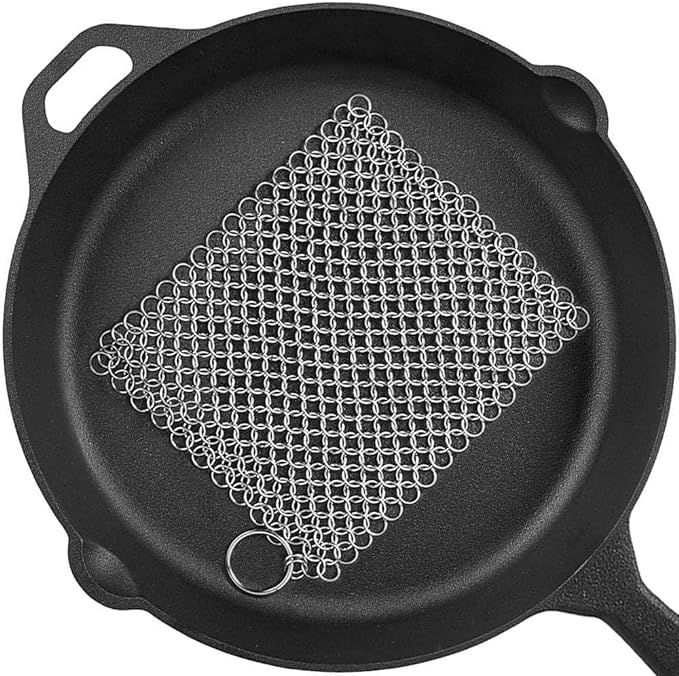
Cast Iron Cleaner Stainless Steel Chainmail Scrubber for Griddle Skillet
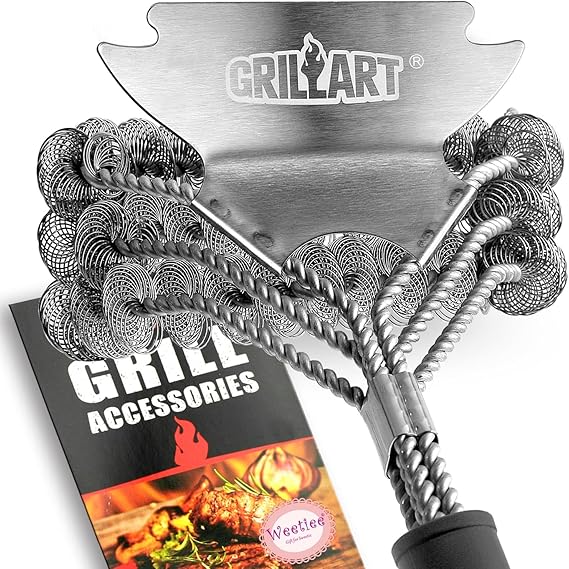
GRILLART Grill Brush and Scraper Bristle
"(Paid Links)" 
Cleaning Your Cast Iron Skillet:
Immediate Cleaning After Use
After cooking, allow your skillet to cool slightly. It's easier to clean when it’s warm but not hot. Avoid soaking it in water or leaving it to soak, as this can lead to rust.
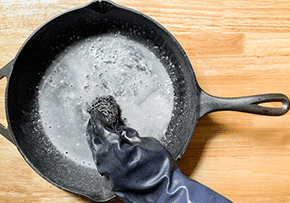
Scrape Off Food Residue
Using a stiff brush or a non-metal scrubber, scrape off any stuck-on food. For tough residue, you can add a little coarse salt to help scrub. The salt acts as a natural abrasive without damaging the seasoning.
Rinse with Water
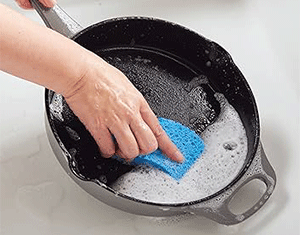
Rinse your skillet under warm water. Avoid using soap, as it can strip away the seasoning. If necessary, you can use a tiny amount of mild soap, but it’s best to limit this practice.
Dry Thoroughly
After rinsing, dry your skillet completely with a clean cloth or paper towel. You can also place it on low heat on the stove for a few minutes to ensure all moisture evaporates.
Seasoning Your Cast Iron Skillet
Gather Your Supplies
To season your skillet, you’ll need a cooking oil with a high smoke point (like vegetable oil, canola oil, or flaxseed oil) and a paper towel.
Apply Oil
Once your skillet is clean and dry, pour a small amount of oil into the skillet. Using a paper towel, spread the oil evenly over the entire surface, including the sides and handle. Make sure to apply a thin layer—too much oil can create a sticky surface.
Heat the Skillet
Preheat your oven to 375°F (190°C). Place the oiled skillet upside down in the oven to prevent oil from pooling inside. You may want to place a baking sheet on the rack below to catch any drips.
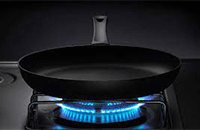
Bake for an Hour
Allow the skillet to bake for about an hour. This process helps the oil bond to the cast iron, creating a non-stick layer. After an hour, turn off the oven and let the skillet cool inside.
Repeat if Necessary
For new skillets or those that haven’t been seasoned in a while, you may want to repeat the seasoning process 2-3 times to build up a strong non-stick surface.
Maintenance
To maintain your cast iron skillet, clean it after each use and season it periodically, especially if food begins to stick or if you notice dull spots on the surface.
In conclusion, cleaning and seasoning your cast iron skillet is essential for its longevity and performance. With a little care, your skillet will serve you well, providing delicious meals for many years to come. Embrace the process, and enjoy the benefits of cooking with this timeless kitchen tool!
